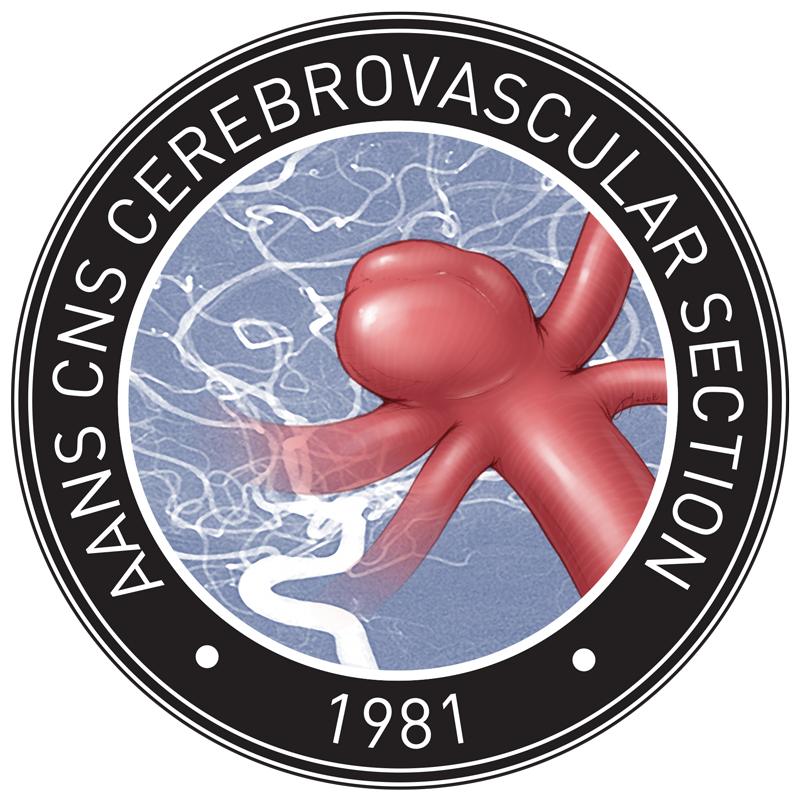Cerebrovascular Procedures
Depending on the patient’s specific cerebrovascular disease, several options considered. Surgery, endovascular treatment, and/or specialized radiation treatment.
Surgery
When the surgery begins, the neurosurgeon removes a small section of the skull and then uses a special microscope to locate the cerebral malformation. The vascular malformation is then either removed from the brain (as in the case of AVMs and many cavernous malformations) or else it is closed off by cauterizing (applying heat to seal off the abnormal blood vessels).
Several unique and specialized techniques are used to optimize the safety and effectiveness of surgery. Specially trained Neuro-anesthesiologists for brain vascular malformation surgeries, intraoperative neurophysiology monitor and routinely use intra-operative catheter angiography and fluorescence microscopy to confirm complete vascular malformation repair along with frequent use of MRI guidance, which allows for the most precise and least-invasive surgery possible.
Endovascular Embolization
Endovascular embolization is a minimally invasive treatment for vascular malformations including AVMs and AVFs. It is not a treatment for cavernous malformations or DVAs. Endovascular embolization is typically performed under general anesthesia under the direction of specially trained Neuro-anesthesiologists. A small plastic tube called a catheter is placed into a blood vessel, usually in the groin, and then is guided by using X-rays into the brain and ultimately inside the vascular malformation. Special glue or other materials are then injected into the vascular malformation to reduce or eliminate blood flow to the vascular malformation. Endovascular embolization cures many vascular malformations, while in others the treatment is used to make surgery or radiosurgery safer and more effective.
Stereotactic Radiosurgery
This unique technology allows physicians to precisely target a vascular malformation with high-dose radiation without the need for an incision and with minimal harm to healthy surrounding brain tissue. At the beginning of this procedure, four sites on the head are numbed and then a lightweight frame is attached. This frame keeps the head perfectly still while serving as a map for where the radiation beams will be focused onto the vascular malformation.
Recovery & Follow-Up
The Neuro Intensive Care Unit
Treatment of brain vascular malformations — whether ruptured or not — requires admission to the Neuro Intensive Care Unit. Trained intensive care doctors, coordinate the patient’s care with the team of open cerebrovascular neurosurgeons; endovascular neurosurgeons or neuro-interventionists; specialized nurse practitioners and nurses; respiratory, physical and occupational therapists; pharmacists; dieticians; social workers and pastoral care providers.
Neuro Step-Down Unit and Floor
Following your procedure (and your stay in the neuro intensive care unit, if needed), you may be monitored and cared for on the neurological step-down unit and floor. Here, specially trained nurses, therapists, dieticians and social workers will help with your recovery and with your transition to home.
The Rehabilitation Facility
Following your hospitalization, you may require rehabilitation before being ready to return home. The social worker and case manager will help arrange this placement based on your needs and those of your family.
